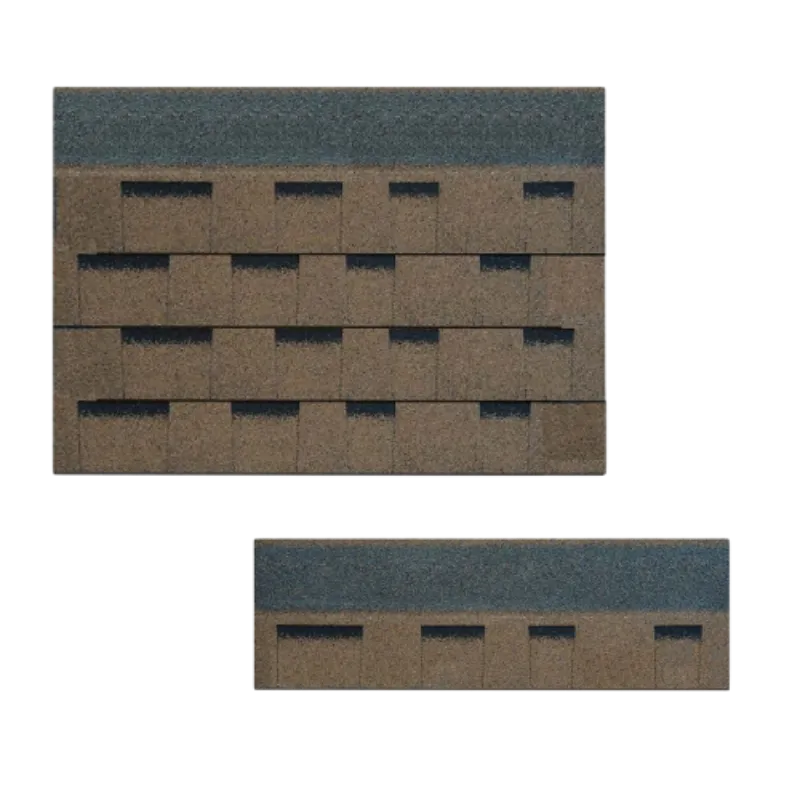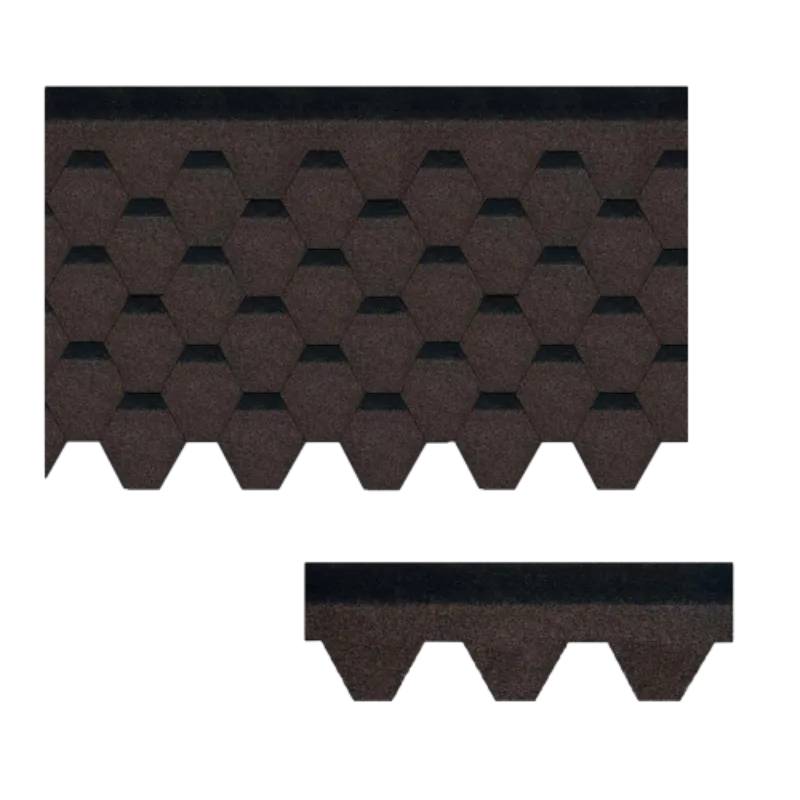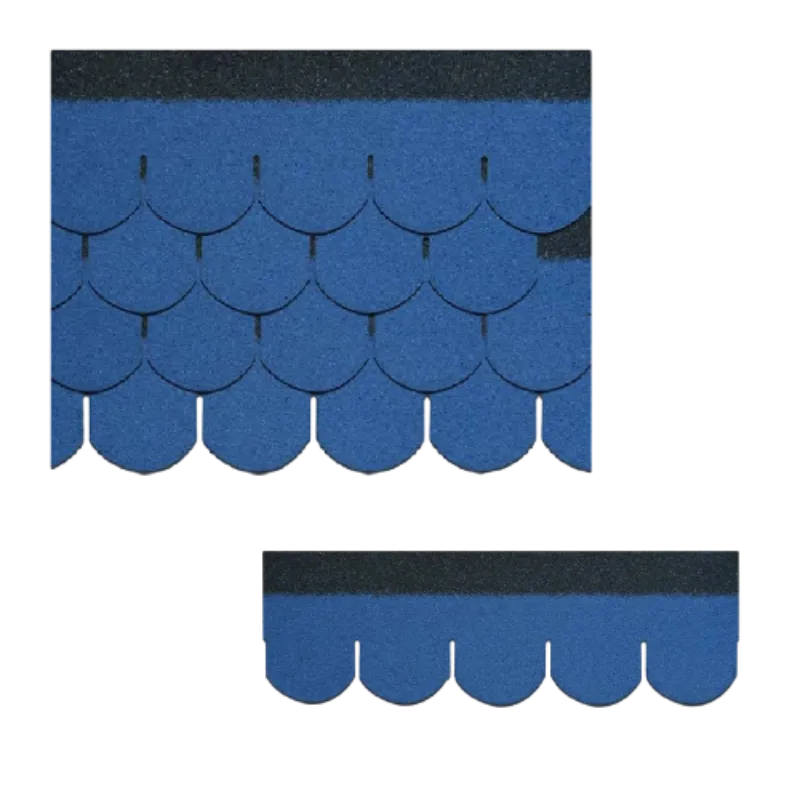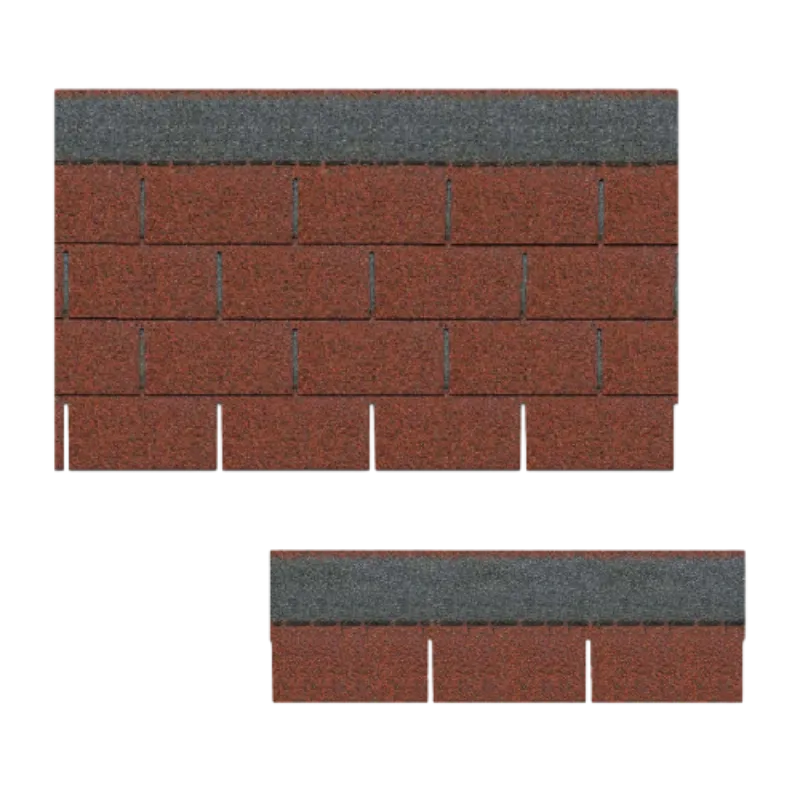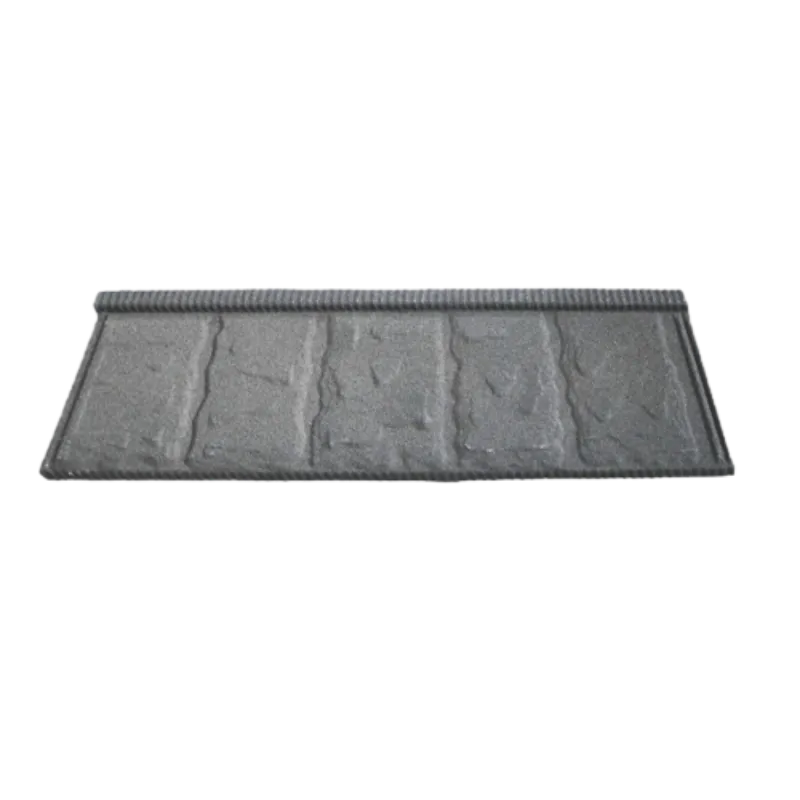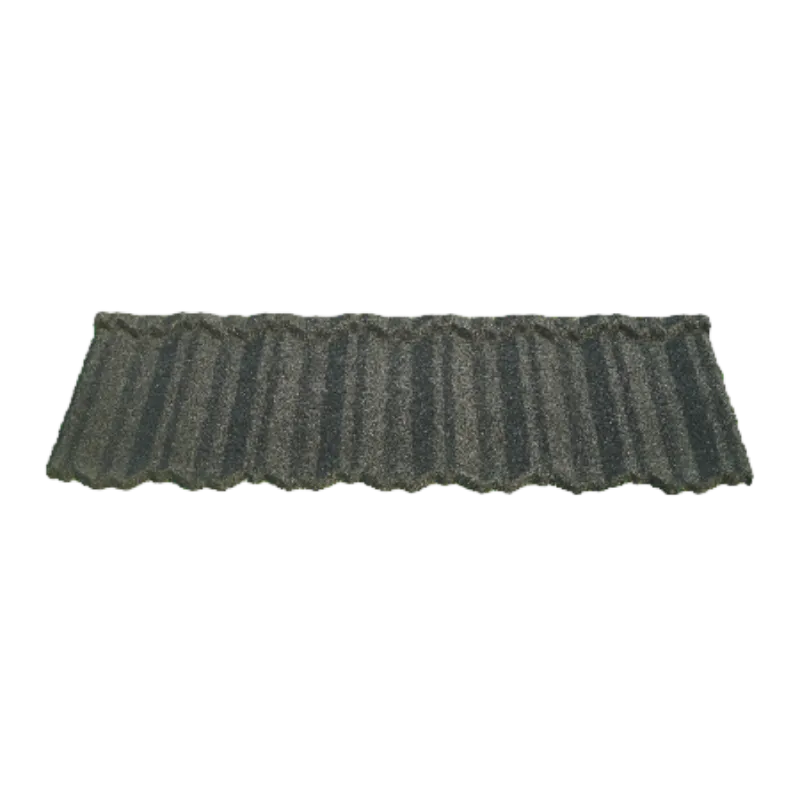
Oct . 10, 2024 12:54 Back to list
Installing Tin Roofing Over Existing Shingles for Enhanced Protection and Aesthetic Appeal
Installing Tin Over Shingles A Practical Guide
When it comes to roofing, homeowners are often faced with the decision of whether to replace an old roof or install a new layer over it. Installing tin over shingles can be a practical and cost-effective solution for those looking to upgrade their roof without the hassle of a full replacement. This guide will walk you through the advantages of this method, the necessary preparations, and the installation steps.
Advantages of Installing Tin Over Shingles
Installing tin roofing over existing shingles offers several benefits. Firstly, it’s a time-saving solution. By overlaying the new tin roofing, you eliminate the need to strip off the old shingles, which can be labor-intensive and costly. This also reduces the amount of debris that must be removed from your property.
Additionally, tin roofs are known for their durability and long lifespan, often lasting 40 years or more with proper maintenance. They are also energy-efficient; the reflective nature of the metal can help keep your home cooler in the summer and reduce your energy bills. Moreover, installing tin can increase the value of your home, making it a worthwhile investment should you decide to sell in the future.
Preparations Before Installation
Before you begin the installation process, it’s crucial to prepare adequately. First, inspect your existing shingles for any signs of damage, such as curling, missing shingles, or significant wear. If you find extensive damage, it may be best to replace the shingles entirely before proceeding.
Next, ensure that your roofing structure can support the additional weight of the tin. Generally, a tin roof is lighter than traditional shingles, but if you have concerns, consult a roofing professional. It’s also essential to check local building codes and regulations, as there may be specific requirements regarding roofing materials and installation.
installing tin over shingles

Installation Steps
1. Gather Your Materials You’ll need tin sheets, screws or nails designed for metal roofing, underlayment (optional but recommended for extra protection), flashing, and necessary safety gear.
2. Prepare the Roof Surface Clean the existing shingles thoroughly, removing any debris, leaves, or loose materials. If you're using underlayment, roll it out over the shingles, ensuring it overlaps at the seams.
3. Install the Tin Sheets Begin at the lowest point of the roof and work your way up. Lay the first tin sheet down, ensuring it overlaps the underlayment and the adjacent sheet sufficiently. Fasten the sheet using screws or nails, placing them strategically to avoid leaks.
4. Add Flashing Install flashing around any vents, chimneys, or ridges to prevent water penetration. Flashing is essential for directing water away from these vulnerable areas.
5. Finishing Touches Once all the tin sheets are installed, inspect the roof for any loose screws or potential weak points. Ensure that all pieces are securely fastened and that there are no gaps that could allow water to enter.
In conclusion, installing tin over shingles can be a wise choice for homeowners looking for a quick and effective roofing solution. By following proper preparation methods and installation techniques, you can enjoy the long-lasting benefits of a new tin roof while saving time and money.
-
Rubber Roofing Shingles - Durable & Weatherproof SBS Rubber Asphalt Shingles for Homes & Businesses
NewsJul.08,2025
-
Crest Double Roman Roof Tiles – Durable, Stylish Roofing Solution at Competitive Prices
NewsJul.08,2025
-
T Lock Asphalt Shingles Durable Roofing Solution for Long-lasting Protection
NewsJul.08,2025
-
Top Stone Coated Metal Roofing Suppliers & Manufacturers Durable Stone Coated Metal Tile Solutions
NewsJul.07,2025
-
How Many Bundles of Asphalt Shingles in a Square? Fast Roofing Guide & Tips
NewsJul.07,2025
-
How Long Should a Cedar Shake Roof Last? Expert Guide & Replacement Options
NewsJul.06,2025


